In the first blog, we explored why us humans play as well as learned about game mechanics, or the motivations of getting people to play. This post will provide you with actual game mechanic ideas divided into three main categories.
![]()
Game Mechanics Category 1: Increase Stickiness
So you’re building a product – or have a product launched – and you want to maximize your user engagement. A major key to a product’s success is to engage new users early and often. In fact, studies show that 55% of individuals who engage with a mobile app a week after downloading it will stick around, and 90% of users who engage with an app on a weekly basis for the first month after installing it will also stick around. Here’s a few game mechanics that will help increase the stickiness factor with your product:
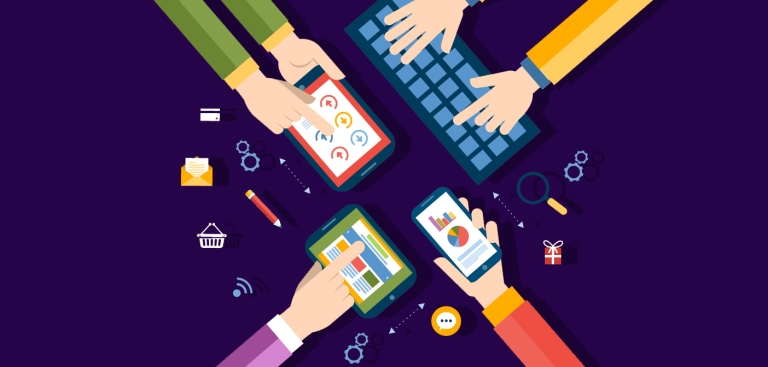
1A) Freebie – Who says there’s no such thing as a free lunch? Offer your users something free – free trial, free sample, free month, free lunch, etc. – in order to get them onto your product. This increases your odds of a good first impression, especially if they are getting something of value for free due to someone else having done the work. For example, users can get cheaper deals on Groupon only after 100 other people have bought it. This concept works well in conjunction with the next game mechanic…
1B) Lights! Data! Action! – People have downloaded your app and/or have landed on your site, so they’re definitely interested in your product! You need to quickly familiarize your new users with your product and then get them to perform an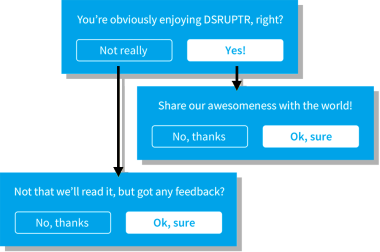 action during this process; preferably one that involves using the product while getting some info from them about their preferences or needs, or even signing up. Start with a quick overview to highlight the key value/benefits, features, and causes, and then ask them for a couple pieces of information to get their account created. Remember, you can get additional info from them later, you don’t need it all up front.
action during this process; preferably one that involves using the product while getting some info from them about their preferences or needs, or even signing up. Start with a quick overview to highlight the key value/benefits, features, and causes, and then ask them for a couple pieces of information to get their account created. Remember, you can get additional info from them later, you don’t need it all up front.
1C) Emotional Connection – We all want to be part of something greater than ourselves, and this is especially true now with the thousands of digital and consumer products vying for our attention. The ones that stand out typically have a worthy cause they support, and one that resonates with us. What cause matters to you? Try forming a partnership with a non-profit that you can support (with funds or methods), and highlight that on your product homepage.
1D) Visual Story Telling – We all love stories and want to be entertained. Try adding a video of your product’s story, or a cause your product supports, or your founding mission. It helps if you use a lot of creativity and good quality video or animation, as this will hold your audience’s attention. Slack does a good job of this by highlighting the fact that NASA utilized Slack in the development and launch of the Mars Exploration Rover.
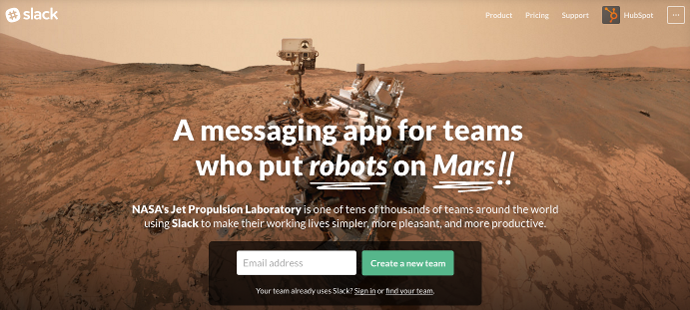
1E) Visual Cues – Perhaps your users just don’t see the link you want them to click, where simply enlarging the button, adding animation to it, or adding a quick tutorial to highlight your sites main features will help improve your user experience.
1F) Responsive Objects – Users want to be instantly satisfied. So try adding responsive interactions that display results in the same area and/or on the same page. They may leave if they have to click through more than a couple pages to get what they want. A good example is when a user fills out a form and validation occurs in real-time.

1G) Reward Schedules – Implement a schedule to reward users – via freebies, badges, etc. – based on goals they need to achieve. Easy enough, although we don’t recommend over-rewarding users in the first 10 minutes because they may deem the experience too easy. Also, you need to make it harder for expert players to attain higher levels so they come back; one way is to continuously add new levels, rewards, or badges to keep the reward new and exciting.
1H) Disincentives – This isn’t utilized that often because most people don’t like being penalized, but this involves having the user lose something (e.g. donate money to a charity, post something embarrassing, etc.) if their performance does meet a pre-defined goal.
Game Mechanics Category 2: Build Community
One awesome way to increase engagement is to build a community where friends and family can interact together. If your users like something, then chances are their friends will like it too. But this needs to be executed carefully, as we all collectively cringe at the thought of receiving another game invite on Facebook from a friend.

2A) Form a Group in a Gated Community – This method involves setting up a gated community (e.g. Facebook, etc.) where users need to form a group from the start. This limits users to interacting only their friends and family, and thus means they need to first invite them and have them join to be part of the community. We recommend allowing users to add friends from email and social networks during the registration process.

2B) Social Feedback – Increasing engagement in a community via social feedback mechanisms allow the community to view and share interests. This includes a like or favorite button on user’s posts, thank-you buttons that provide positive reinforcement, or allowing users to vote on a relevant subject.
2C) Reputation – Reputation scores help to build and show trust in a community.
2D) Sharing Achievements – We all work hard to hit our goals, so what’s a little humblebrag to boost the ego? Allowing users to share their achievements benefits the community where it helps others set goals and work hard to achieve their dreams. Just be careful in implementing this, where it doesn’t devolve the community into hyper-narcissism.
2E) Mischief – We’re all kids at heart, so getting into trouble is always fun, especially when it’s virtual and nobody calls the cops. For example, ask Siri to “talk dirty to me” and see the funny response. Or pretty much anything you do on Snapchat. ![]()
Game Mechanics Category 3: Increase Repeat Engagement
Getting people to use your product is hard enough, and now you need them to come back. Over and over again. This is where you need to develop a deep sense of loyalty with your user base utilizing these proven game mechanics.
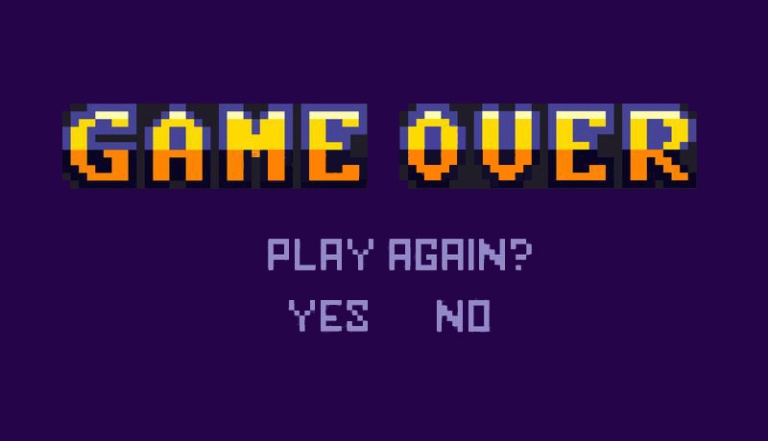
3A) Advanced Experience – This method provides advanced paths for advanced users, where they will have a different – or better – experience than the standard users to reward their engagement.
3B) Invite Them Back – We’re all busy people and probably don’t remember what we had for breakfast yesterday, let alone a site we browsed a few days ago. Sending a quick email or notification reminding them to come back to complete an action, view new content, or engage with new friends will go a long way to increasing retention.
3C) Mystery – Building a sense of mystery into an experience always leaves the user with a small amount of uncertainty and excitement of not knowing what to expect. You want to build something that is always changing and providing new and exciting reasons for your users to come back. One way is to allow users to unlock new content and/or levels the more they play. Angry Birds is a great example. Another idea is adding easter eggs to help randomize the experience and provide fun surprises… just like in the Oasis.
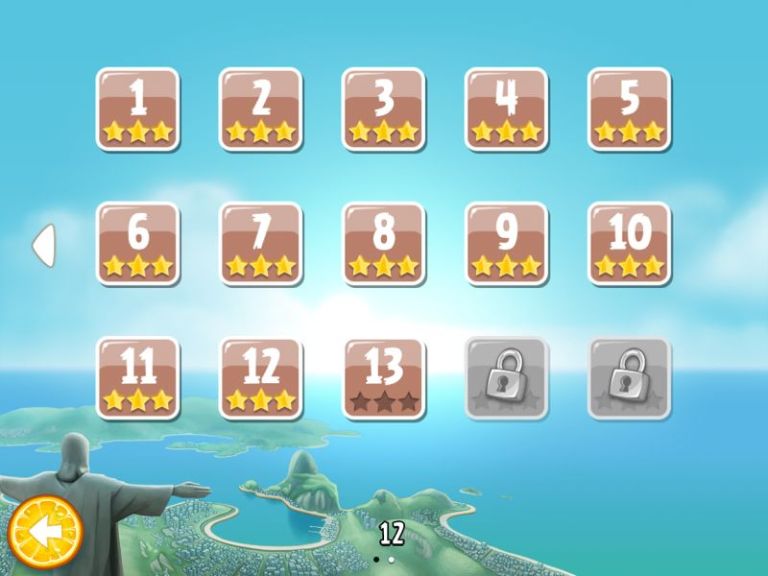
3D) Display Goals & Progress – You want to make sure your users always know where they stand, especially if they’re competing for a prize or just against their friends. Make sure you display the goals in clear and simple manner, as well as a progress meter with tips for moving ahead. Adding a leaderboard is a simple method to spur action.
3E) Time Pressure – User behavior changes if there is a time limit, where I’m sure we can all relate to this as we have probably tracked a favorite item on Ebay or even a favorite Groupon as the clock races toward the deadline. Add a countdown timer and this will incentivize users to take action in the allotted time. The guys at Tophatter have utilized this game mechanic successfully in their app to sell items in just 90 seconds – challenging Ebay’s dominance around time-based auctions.
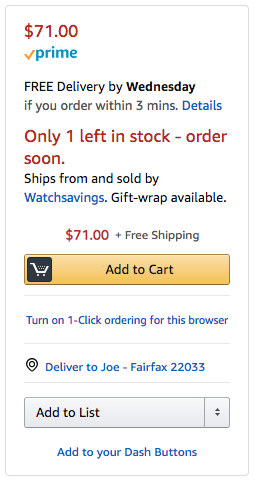 3F) Scarcity – This is widely utilized concept in daily consumer behavior… when will I be able to buy the limited Tesla Model 3? Or will that cheap flight on Travelocity still be available tomorrow or will someone else buy it? Provide your users with limited supply of an item (e.g. product, information, badges, etc.) and you’ll see engagement spike as they compete to attain them. Amazon does this well by adding a message “Only X left in stock – order soon” to create panic that your beloved item won’t be there long.
3F) Scarcity – This is widely utilized concept in daily consumer behavior… when will I be able to buy the limited Tesla Model 3? Or will that cheap flight on Travelocity still be available tomorrow or will someone else buy it? Provide your users with limited supply of an item (e.g. product, information, badges, etc.) and you’ll see engagement spike as they compete to attain them. Amazon does this well by adding a message “Only X left in stock – order soon” to create panic that your beloved item won’t be there long.
3G) Metrics – Your users want and need the insight to improve. Adding personalized metrics that show how a user is doing today versus how they did yesterday will help them make the improvements and continue engaging with your product.
Continue to Part 3: The Process of Adding Game Mechanics to Your Digital Products


One thought on “How to Influence Human Behavior with Gamification to Promote Play and Increase Engagement (Part 2 of 3)”